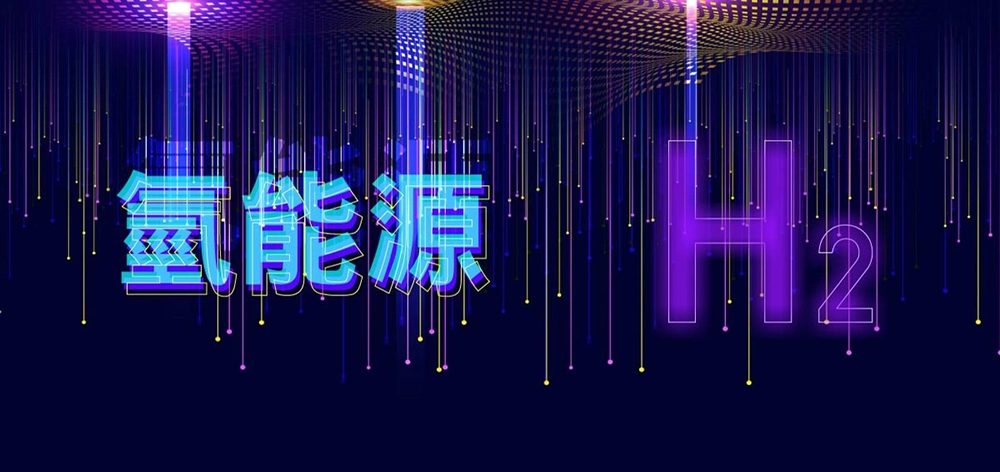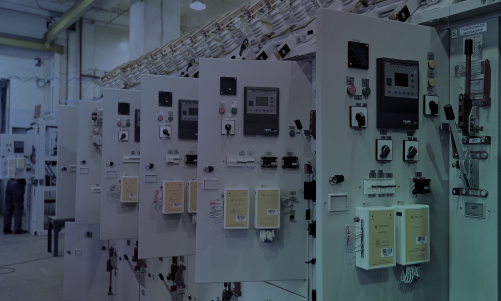What is Hydrogen Energy?
FAQ|What is Hydrogen Energy?Hydrogen energy is a type of energy that uses hydrogen as a raw material and converts chemical energy into electricity through fuel cells.

The Most Promising Hydrogen Energy?
In November 2023, CPC Taiwan set up the first mobile hydrogen refueling station in Taiwan. You may not know that, besides gasoline cars, EV charging stations, and hybrid vehicles, hydrogen-powered electric vehicles will soon be an option. Hydrogen energy aims to replace the petroleum-based economy and is expected to become a key solution to energy shortages and achieving net-zero carbon emissions in the future.
Hydrogen energy is a type of energy that uses hydrogen as fuel and converts chemical energy into electricity via fuel cells. Hydrogen fuel cells function by continuously adding hydrogen to maintain power. This characteristic classifies hydrogen as a new energy source. The working principle of fuel cells involves two electrodes—positive and negative—filled with an electrolyte and separated by a permeable membrane.
Source: Online News, Taiwan Hydrogen & Fuel Cell Partnership, Tech Insights, Wikipedia
Hydrogen Energy?
Advantages & Disadvantages of Hydrogen Energy
Advantages
1. Hydrogen fuel cells produce only water as a byproduct, without carbon emissions.
2. Hydrogen can be obtained through water electrolysis, ensuring an abundant supply.
3. Hydrogen serves as an energy carrier, offering easy distribution and long-term storage capabilities.
4. Hydrogen fuel cells generate three times the energy of petroleum and five times that of natural gas per kilogram.
5. Besides being an energy source, hydrogen is also a crucial raw material for the chemical industry.
Disadvantages
1. Carbon emissions during production: Although hydrogen usage does not generate carbon emissions, its production currently relies on burning coal, oil, or natural gas for heat energy, leading to carbon emissions that may counteract its benefits.
2. Storage challenges: Hydrogen is lightweight and has low density, requiring large storage spaces. It is highly unstable and prone to leaks, increasing the risk of fires or explosions. Hydrogen has a minimum explosive concentration of 4%, making it more volatile than natural gas.
Comparison: Hydrogen Fuel Cells vs. Lithium Batteries
The Tesla Model 3, equipped with the highest energy-density lithium-ion battery (21700 type), has an energy density of only 300 Wh/kg and requires 8 hours of home charging for a 210 km range. In contrast, a hydrogen fuel cell vehicle can refuel in just 3 minutes and achieve a 600 km driving range. From a user experience perspective, hydrogen fuel cells significantly outperform lithium batteries in reducing range anxiety.
Comparing Japanese hydrogen-powered cars and pure EVs, hydrogen cars take only 5-10 minutes to refuel and can travel up to 750 km, while fast-charging an EV for 30 minutes only fills 80% of the battery. This makes hydrogen a strong candidate for the most promising new energy source.
Hydrogen Storage Technologies?
Hydrogen storage technology is a key focus in hydrogen energy development. Currently, **high-pressure hydrogen storage** has been successfully commercialized and is widely used in hydrogen fuel cell vehicles, while other storage methods are under active development.
Although liquid hydrogen has great potential, its insulation material costs are high. In 2022, Japan's Kawasaki Heavy Industries developed the world's first liquid hydrogen transport vessel, which successfully carried its first shipment from Melbourne, Australia, to Kobe, Japan, marking a new milestone in global hydrogen shipping.
Hydrogen storage alloys are currently the most promising hydrogen storage material.
To prepare for the hydrogen era, various new hydrogen storage and transportation technologies are actively being developed. Each method has its pros and cons, and the challenge remains to enhance efficiency, lower costs, and improve safety. Policy support, research, and technological breakthroughs are essential for widespread adoption, contributing to the **2050 carbon reduction goal**.
Types of Hydrogen Energy?
What Do the Different Hydrogen Colors Mean?
Green hydrogen is costly to produce, while gray and blue hydrogen result in carbon emissions, making them less environmentally friendly. Additionally, pink hydrogen, derived from nuclear energy, raises concerns. Governments are accelerating hydrogen industry development, including hydrogen production, storage infrastructure, and imports, with initiatives like "Taiwan Hydrogen Valley." The goal is for hydrogen to account for **9-12% of Taiwan’s power generation by 2050**.
Green Hydrogen: Produced via electrolysis using renewable energy sources such as solar, wind, and hydro.
Gray Hydrogen: The most common and cost-effective, derived from natural gas and petroleum through steam reforming.
Brown Hydrogen: Generated from coal gasification.
Blue Hydrogen: Derived from gray hydrogen but with carbon capture technology to store CO₂ emissions.
Pink Hydrogen: Produced using nuclear power through electrolysis.
Managing Energy Efficiency and Carbon Reduction Simultaneously?
EMS Smart Energy Management System
As businesses are increasingly required to achieve carbon neutrality or emission reduction goals in their processes to support global sustainability efforts, effective energy management has become a crucial step toward sustainable production.
Source: Online News, Taiwan Hydrogen & Fuel Cell Partnership, Tech Insights, Wikipedia



